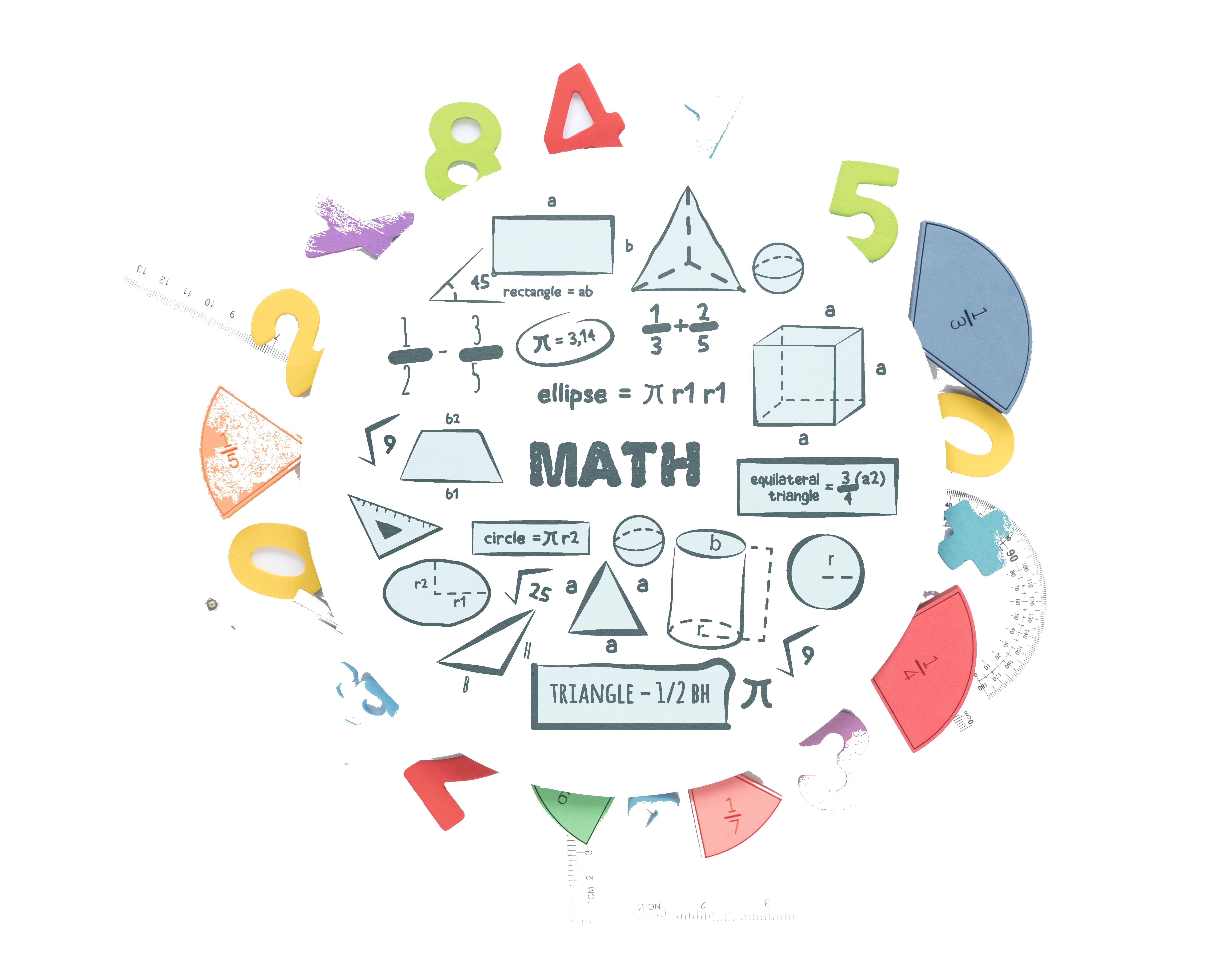Accueil

Connexion

Liste des cours

Exercices

Projets

Département SD

How To

| Permet de lire le cours en ligne | |
 |
Charge la feuille de TD |
 |
Charge la feuille de TP (jupyter) |
 |
Permet de voir la vidéo du cours |
 |
Permet de voir une vidéo complétant le cours |
 |
Exercice en ligne |